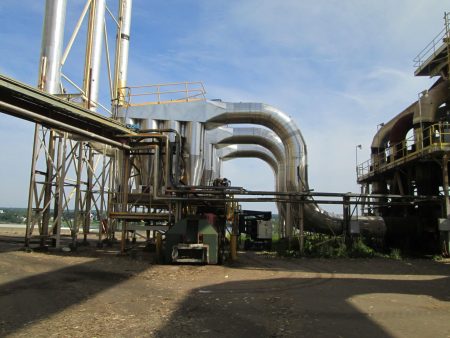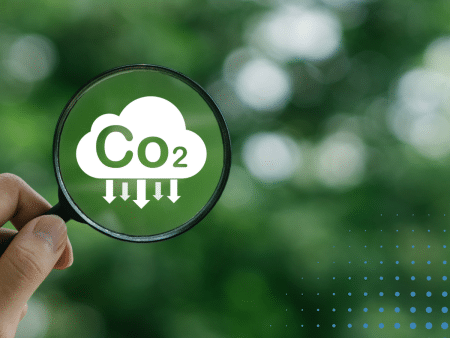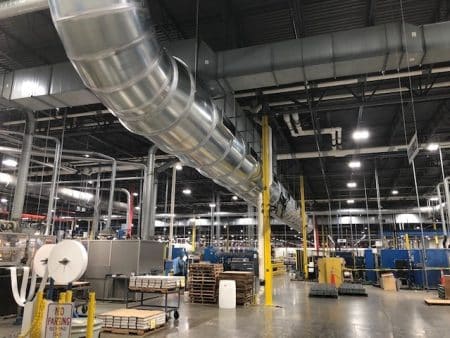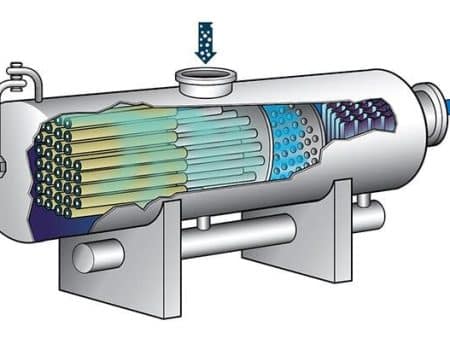When filtering at high temperatures (85-100˚C/185-212F) polypropylene (PP) is the material of choice in most applications in plating.
When filtrating at high temperatures (85-100˚C/185–212F) ask for a good look at material and filter media.
Polypropylene (PP) is the material of choice in most applications in plating as far as filters are concerned. With a good chemical resistance and capable of temperatures up to 100˚C/212F there is not much need for different materials. In practice, most PP filters have a maximum operating temperature of 80-85C/176-185F.
High temperature alkaline or neutral (chlorine free) applications can use stainless steel filters. Chemical resistance in this range is sufficient and temperature resistance is a piece of cake. There is one negative aspect, which is energy loss through heat radiation. As most stainless-steel filters are single walled systems, they act like radiators losing lots of heat. Double walled/shelled, insulated filter systems are preferred and given the rising energy costs will earn themselves back (we can calculate your savings). Maybe even more important, they are much safer to work with!
High temperature acidic applications can be filtered with PVDF filters, an expensive but lasting solution.
Looking at filter media we can also say that PP is the material of choice in a lot of applications, whether it is discs, cartridges, bags or containers. The practical max temperature is in the same range as the material of the filter chamber. Mechanical properties are from a different magnitude, as PP will expand when it is heated deformation of filter material is to be expected and can in practice lead to bypass. Bypass means the process fluid being filtered can pass the filter without being filtered. Especially cartridge filtration at high temperature can lead to problems. Discs are less sensible for bypass but PP discs won’t last long at high temperature. The injection molded, thinner material will get brittle over time and will fail. PVDF discs are available but only in more neutral to acidic pH settings. Bag filters are often cheap and are often disposed of before they fail.
So, what does this sustainable high temperature filtration look like? Like always in surface treatment you can read the above and come up with several exemptions at each topic. It takes an expert to advise end-users what works best, what will give them the best filtration result combined with low energy loss and long lifetime of both filter and filter media. Not only an expert in filtration, but also an expert in surface treatment! Knowing the process from top to bottom will help you to use filtration in a sustainable way!



